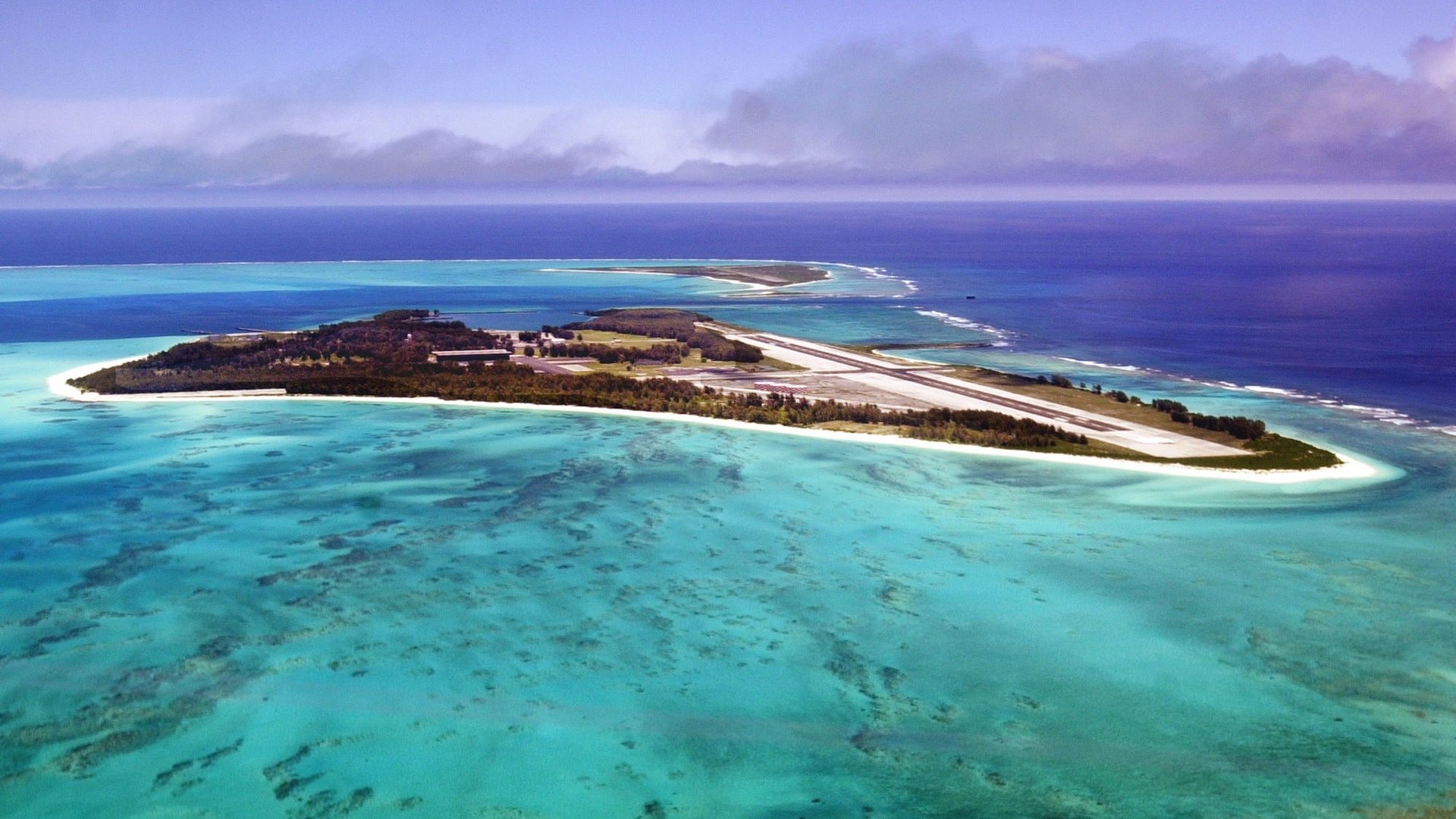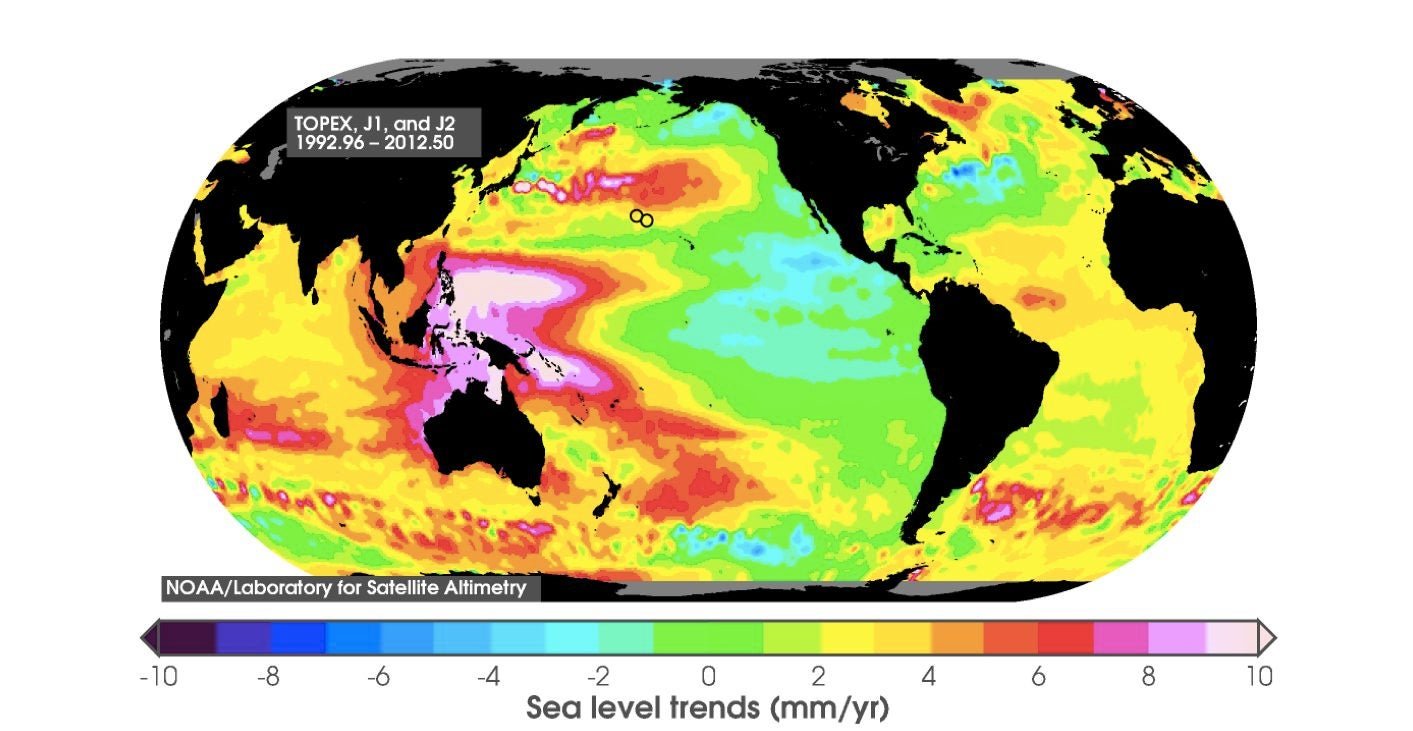We may be waving goodbye to Pacific island nations sooner than we thought
Rising sea levels due to climate change may inundate low-lying Pacific island nations far earlier than had previously been predicted, according to a new study.


Rising sea levels due to climate change may inundate low-lying Pacific island nations far earlier than had previously been predicted, according to a new study.
Existing computer models rely on what scientists call “passive bathtub inundation” to predict how an increase in sea levels will flood low-lying islands. In other words, the sea would slowly cover the islands, much like a bathtub filling up with water. But scientists at the US Geological Survey used a new model that takes into account how storm driven-waves and cumulative sea level rise would affect Midway Atoll and Laysan Island in the Northwestern Hawaiian Islands.
That model shows 91% of Midway Atoll’s Eastern Island would be inundated if the oceans rise 2 meters (6.6 feet), where the bathtub scenario says 19%. Bathtub models had predicted that low-lying islands would remain above water for another 50 to 150 years.
Not any more, if the wave-driven model is accurate.
“We forecast that many of the atolls will be inundated, contaminating freshwater supplies and thus making the islands uninhabitable, much sooner,” USGS oceanographer Curt Storlazzi said in a statement.

The USGS did not offer a timeline for when Midway and Laysan, which are wildlife refuges for endangered birds and other species, might disappear under the waves. But the scientists noted that tens of thousands of people live on islands with similar geological characteristics, such as the Republic of the Marshall Islands and the Federated States of Micronesia.
Under the wave-driven model, land and infrastructure would be flooded even with lower increases in sea level rise. The scientists noted their model also could be used to forecast when agricultural land will become contaminated by salt water, even if it is not completely inundated.